David Headley, appearing in List of the Harmed, stands in front of dumpsters filled with his contaminated land. The soil and rock awaits test results for radioactivity to determine its suitability for deposit in a landfill. Meanwhile, it sits on David’s property. © J.B.Pribanic
FracTracker Maps PACWA’s “List of the Harmed”
Fracking can leave an unsightly, uneven, and dangerous trail – altered earth, polluted water, toxic waste, and neighbors with reported health problems ranging from dizziness to death. Jenny Lisak, co-director of the Pennsylvania Alliance for Clean Water and Air (PACWA), curates reports of people impacted by shale gas extraction and development in the “List of the Harmed.” The list is ever-growing and gives names, locations, and symptoms as reported by those exposed to the shale gas industry’s negative effects. As of March 20th, 2013 there are 1,123 reported incidents on the “List of the Harmed.”
FracTracker, a nonprofit that offers shale gas-related data storage, analyses, and mapping, recently visualized the “List of the Harmed” in an interactive map. “Part of the reason the FracTracker Alliance wanted to map the list is because it helps people understand the geographic distribution of incidents. We find that putting data on a map provides people with an intuitive understanding of impacts that are being felt in their communities in ways that columns and rows of raw data sometimes do not convey,” explains Matt Kelso, Manager of Data and Technology at FracTracker.
By clicking on a marked incident location, a pop-up window appears with details including a case number, the map’s accuracy on a municipal, county, or state level, and links to documentation of the claim. With fracking currently in concentrated areas, many incidents fall on top of each other; FracTracker has made it so the user can scroll through the pop-up window to see the details of each specific claim categorized under one location.
“The PACWA list is obviously an important reference in its own right. One of the reasons that the FracTracker Alliance wanted to pursue mapping the List of the Harmed, though, is that we are working on another collaborative effort called the US Map of Suspected Well Water Impacts,” shares Kelso. “The two projects have different scopes. The PACWA list includes a variety of concerns, such as health complaints, while the suspected impacts map is focused on effects on aquifers. There is certainly overlap between the two sets of impacts, and we wanted to make use of the good work that PACWA had already put forth.”
Follow the List of the Harmed and FracTracker’s Map of the Harmed to stay keen on fracking’s trail.





This is really important work that you are doing here in our beautiful state of Pennsylvania. I do not live in a fracking area but we still will feel the impact when the pipeline makes its way through our southeastern PA region. We do live, however between two local quarries and we have well water that so far is clean. Thank you for what you do.